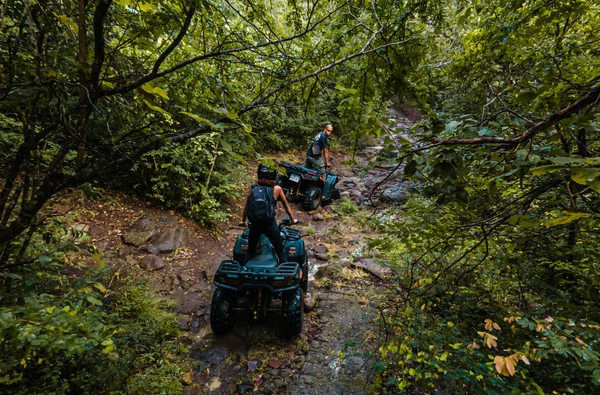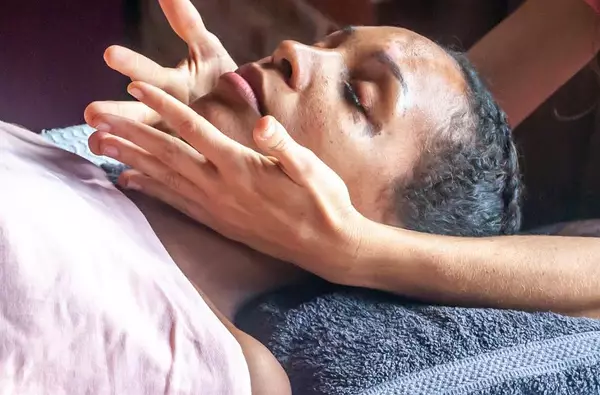Distilleries in Rivière-Pilote, Martinique
Read moreThe Fishing Museum
Museums in Vauclin, Martinique
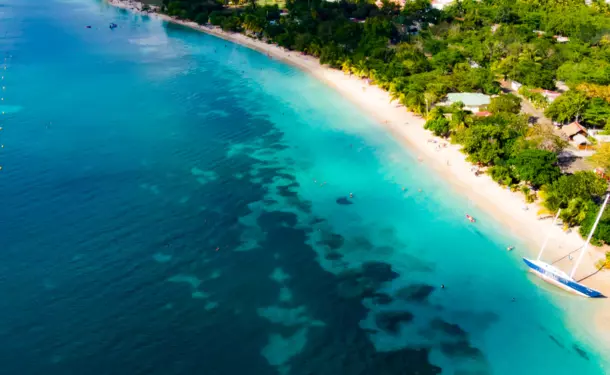
-
Lasts about 6h30
-
Phone : +596 596 74 57 37
- You own this tourist site and want to change its content? Contact us.
Overview
You know the green landscapes and the tropical flora of Martinique, but do you know its fishing? Seafood is one of the essential ingredients of the West Indian cuisine. However, the fishing industry is often misunderstood. The fishing museum in Le Vauclin offers you a fascinating visit to understand this emblematic activity of the island. Embark on a discovery of traditional Martinique fishing techniques at the fishing museum!
An exceptional marine environment
Nicknamed the island of flowers, because of its luxuriant vegetation, Martinique also benefits from an exceptional maritime situation. Bordered to the west by the Caribbean Sea and to the east by the Atlantic Ocean, the island has a rich marine environment.
Seagrass beds, coral reefs, sandy bottoms and mangroves are among the ecosystems listed. Many species of fish and shellfish live in these environments. Tuna, sea bream and swordfish are more likely to be found offshore. Mackerel, balaous or coulirous, lobsters and flying fish are found closer to the coast. The mangroves are also home to crustaceans, especially crabs.
The Fishing Museum illustrates how, from time immemorial, the Martinique people have exploited the natural resources of the coastline. Martinique has seen the development of small-scale fishing, particularly by means of light boats such as yawls and gumboats. The products of fishing occupy an important place in the Caribbean cuisine.
An artisanal fishing activity
Today, fishing is still a key sector for the Martinique economy, with a history rooted in local culture. A little less than 900 companies perpetuate this know-how and fish the equivalent of 750 tons every year. The fishermen represent the majority of the jobs in the local sector. The other jobs in the maritime fishing industry are fishmongers, processors or salesmen.
Le Vauclin is home to the Fishing Museum. This commune is the first of the 8 territorial fishing ports of the island. About a hundred fishermen and nearly 500 people live from the income of fishing. Nearly 200 tons of fish and shellfish are brought back to the port each year. The fishing museum offers you an immersion in this sector of activity. You can trace the evolution of fishing throughout history.
A museum to understand fishing techniques
The visit of the fishing museum will reveal the diversity of the fishing techniques of the Martinican fishermen. Martinique's fishing is mainly coastal and day fishing. The fishing techniques are adapted to the constraints of the environment and the species fished. The coastal fishing uses in particular the traps and the lines.
The with the nasse implies the use of baits and traps, formerly made of bamboo, now more often of metal. Seine fishing is also a particular technique of the West Indies. This fishing is practiced from the beach and requires the participation of people present on land and on boats.
Martinique's fishermen also use nets, whether they are encircling or drifting. The visit of the museum will enlighten you on the boats and the materials used by the professionals.
The fishing museum welcomes you, whether you are a fisherman, a lover of the sea or curious about nature. Your visit will be an opportunity to approach the culture and history of the island from an original angle.
What to expect
1 photo

The museums of the island of Martinique
- The Chateau Dubuc and its micro-museum
- The Bernard David Museographic Space
- The Museum of Popular Arts and Traditions
- The Father Pinchon Museum
- The Fishing Museum
- The Volcano House
- The Earth Sciences Discovery Centre
- The House of Cane
- The Ecomuseum of Martinique
- The slaves' savannah
- The Sugar Factory and Distillery Le Galion
- The Rum Museum
- Departmental Museum of Archaeology and Prehistory of Martinique
- The Banana Museum
- Regional Museum of History and Ethnography of Martinique
- Sea Museum of Martinique
- Memorial of the 1902 Catastrophe
- The Pagerie Museum
Other sites in Martinique
Some activities to do in Martinique
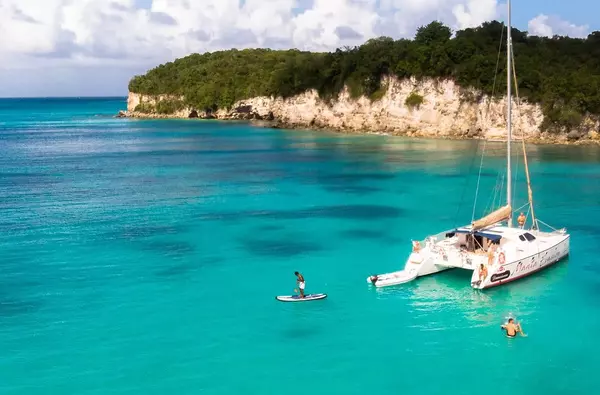
100 €/adulte - lasts 10h
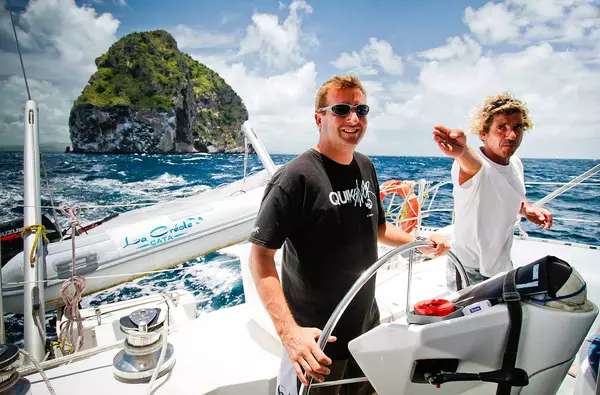
98 €/adulte - lasts 7h
